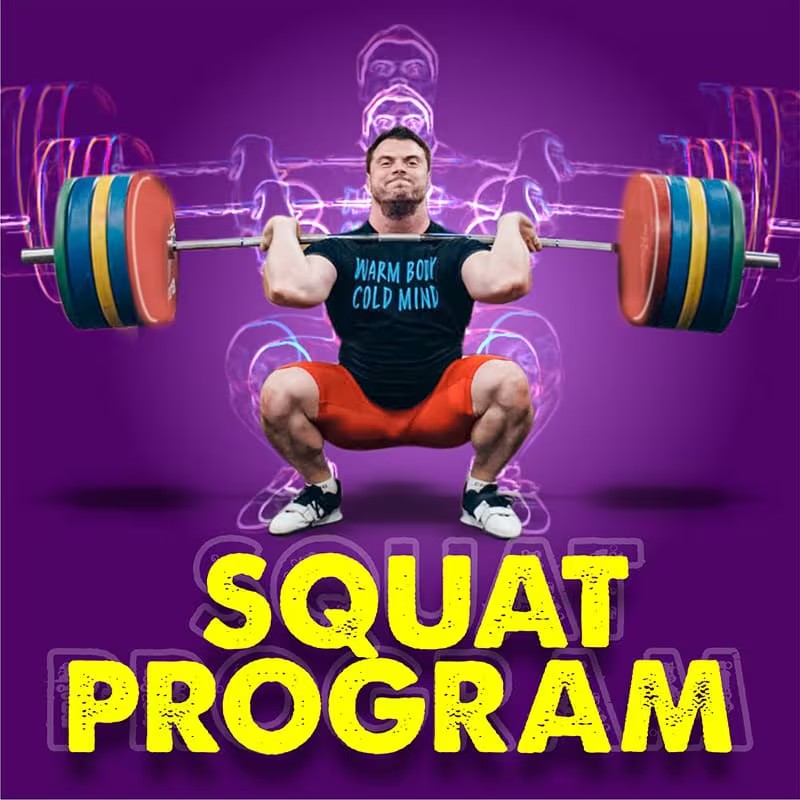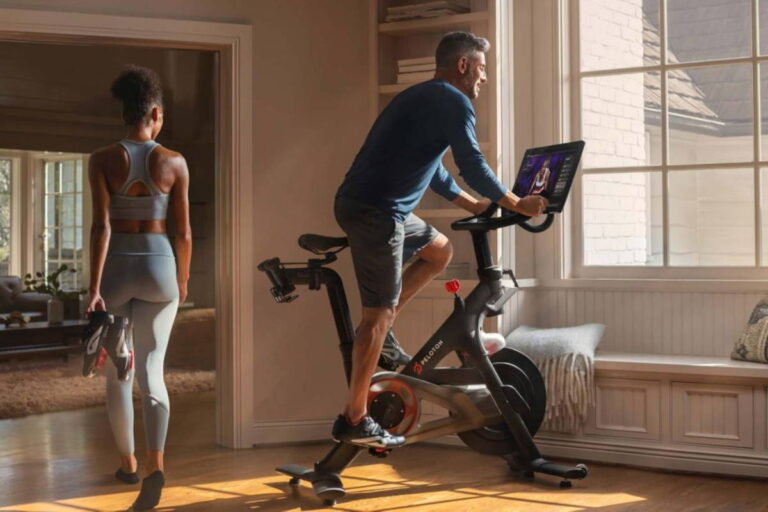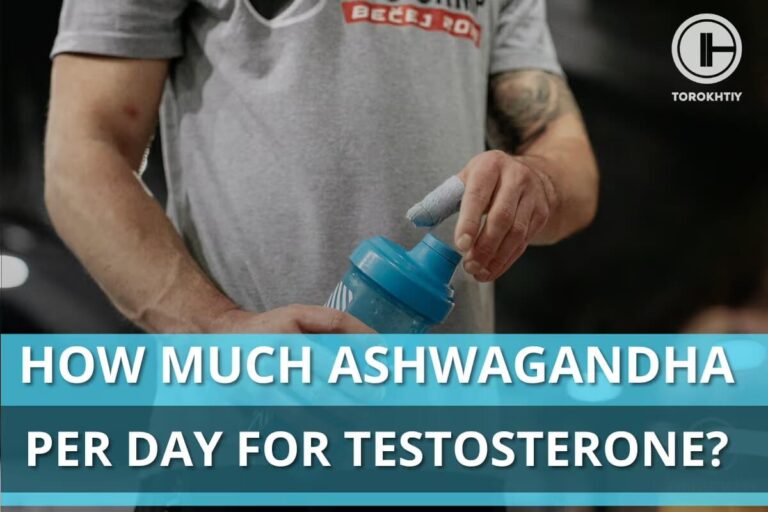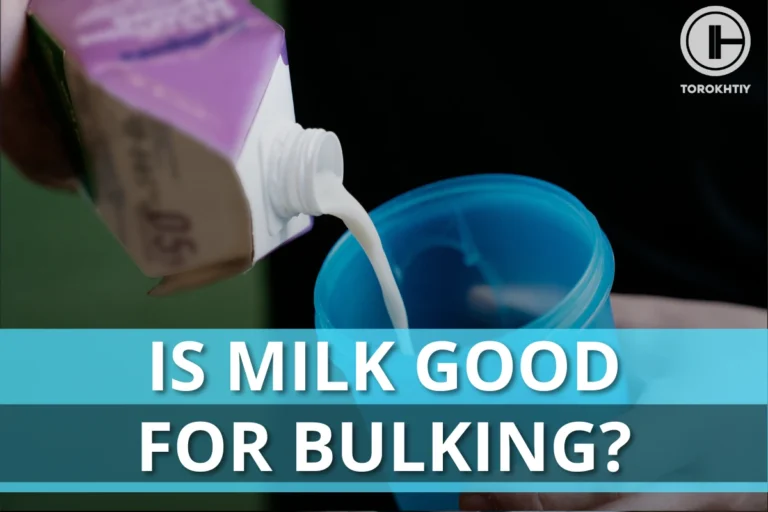Bad Squat Form: 7 Common Squat Mistakes Explained
If there’s one thing we should all leave behind, it’s bad squat form. For most lifters, the goal is to maximize strength gains while keeping joints healthy, and that requires maintaining proper form in their exercises. While this goes for all movements, it’s especially true for the squat.
Even slight technical issues in your form can limit performance and lead to serious and lasting injuries. It’s a common cause of lower back pain among gym-goers.
Why Should You Correct Your Bad Squat Form? You should correct your squat form to avoid back problems and severe injuries. Besides safety concerns, some key reasons to correct your squat form are to achieve effective muscle engagement, gain functional strength, and improve posture.
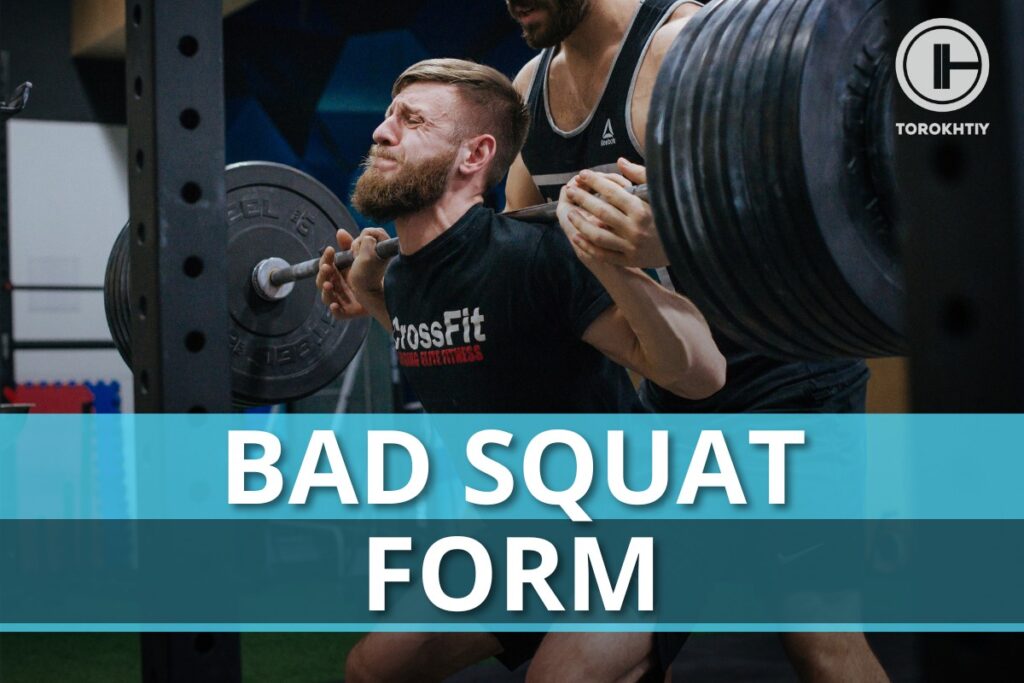
Let’s break these reasons down for a better understanding.
1. More Effective Muscle Engagement
Like all compound exercises, the squat targets several muscle groups. These include your glutes, hamstrings, lower back, and quadriceps. With the right form, all of these muscles will be engaged and get stronger as you progressively overload.
2. Avoid Joint Problems
Instead of directing the load to the targeted muscles, an improper squat form can put excessive pressure on your joints (e.g. your lower back or knees) and vertebrae. This may lead to chronic joint pain and issues.
3. Enhanced Functional Strength
The squat is a practical exercise that closely mimics the movements we make in our lives. It gets the whole body involved where you sit, stand, and lift in one compound movement. Therefore, maintaining proper form throughout will not only improve your physique but also build functional strength. This means your day-to-day physical tasks become easier and safer to perform.
4. Improved Posture
Unlike a simpler movement like a bicep preacher curl, the squat demands more than just sheer strength. It requires a stable, strong core, along with proper bracing and breathing. Practicing proper technique across all these departments improves your posture overall, which promotes spine health and prevents back pain.
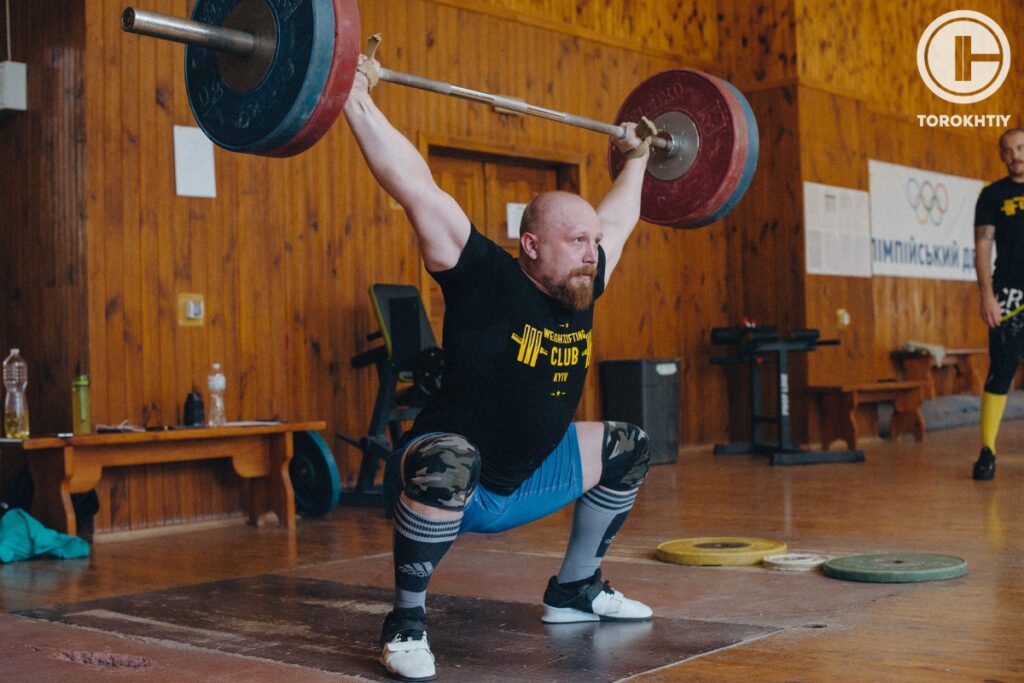
7 Common Bad Squat Form Mistakes To Avoid
To maximize the safety and effectiveness of your squat, start by correcting some common functional Deficits and technical factors. These include poor stance, stopping halfway, the “butt wink,” an overarched back, unstable footing, lifting the heels, and turning the knee inward, etc.
Perfecting your squat form isn’t easy at first, but it’s certainly worth it. It’s one of the oldest and most effective stationary exercises out there. When done right, it engages your glutes, hips, and hamstrings, and even strengthens your core. It also improves your overall balance.
Let’s break down 7 common squat mistakes you need to avoid to make the most out of your squat.
1. Poor Stance
The right squat form requires an appropriate stance. This involves the angle of your feet and the distance between them. Unfortunately, there’s no “one-size-fits-all” answer here as it somewhat depends on your hip structure and anatomy overall. The “right stance” for one person may be ineffective for another.
A narrow stance, for instance, feels more natural to some. Meanwhile, people with deeper hip sockets may have to adjust and widen their stance.
The same goes for the angle of your feet. Many lifters have to turn their toes outward to achieve full ROM (range of motion), while others can achieve more depth with their toes facing straight.
So, if you have trouble going deep enough in your squats, don’t be afraid to try out minor adjustments to see what works for you. A slightly wider or narrower stance or a subtle toe angle variation could be just what you need.
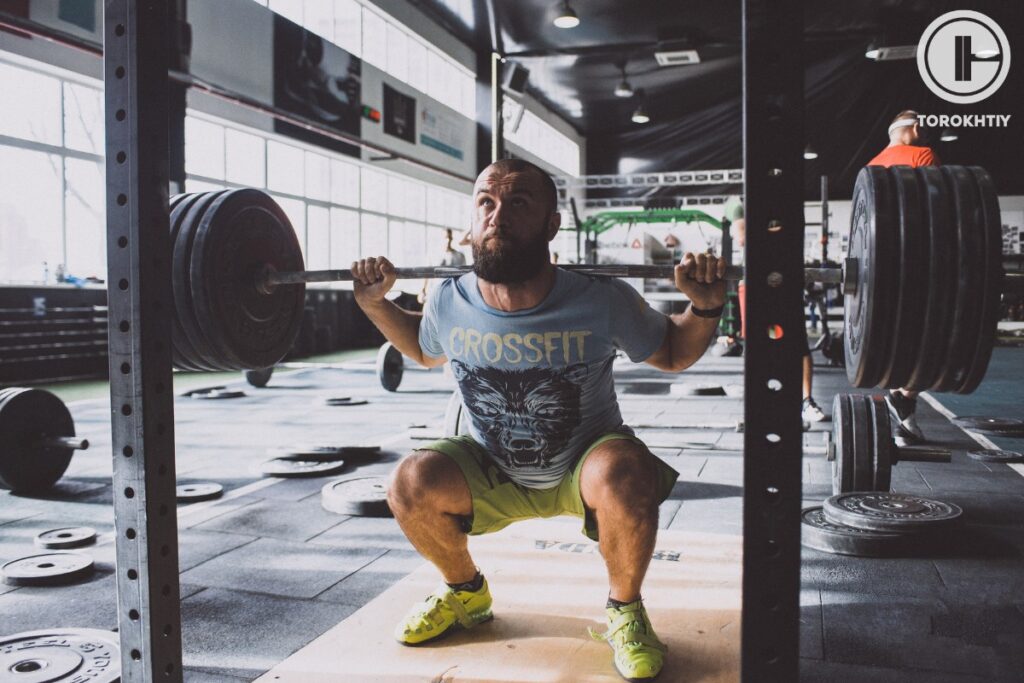
2. Not Going Deep Enough
Stopping halfway in a squat may not pose any direct injury risks, but it still makes the exercise less effective. To maximize strength gains from your squat reps, try going as deep as you can. Your hip should at least be level with your knees — if not lower. With proper form, this means your thighs should be parallel to the floor.
According to modern research, training muscles in their stretched position elicits a stronger stimulus for hypertrophy than the shortened position. This means not going low enough in your squats will make you miss out on strength gains.
If you find it too difficult to go for a full squat right away, you can build up to it slowly. Try to go lower and lower in each workout until you can finally line up your thighs parallel to the floor (or even lower).
3. The “Butt Wink”
This next squatting mistake is so common that it’s got a name. The Butt Wink essentially means the rounding of your lower back as you squat, with the pelvis rolling under your body.
The two main causes of the butt wink are stability issues and mobility issues. In rare cases, it can also be because of structural factors like your hip socket depth.
It can cause back pain in the short-term, and could even lead to a disc bulge over the years. In some people, however, it poses no threats depending on their particular anatomy (mostly when it’s caused by structural factors).
If you have an improper squat form due to the butt wink, the first step is to find out what’s causing it.
🔻12 Week Squat Program by Oleksiy Torokhtiy
Do you want to double your squat strength? In just 12 weeks, you’ll be able to boost your squat results.
This program transforms any ordinary squat into a powerful athletic movement.
What’s included:
- 12 weeks of squat programming;
- Effective combination of sets, reps, and weights;
- Fully designed and coached by Oleksiy Torokhtiy;
- Over 60+ movements, banded work, and weight training;
- Accessory work for core, joint stability and injury prevention;
- Max out on back squat and front squat at the end.
Start now and boost your squat results!
Start by squatting much less weight than you normally do. You could go for an empty bar or even a simple bodyweight squat. See if this eliminates, enhances, or has no impact on your butt wink.
If it’s improved or eliminated under a lighter load, then it’s clearly a stability issue. Consider performing counterbalance squats and practice bracing your core to enhance your stability. Drop the weight on your squats until you get the form right.
To check for mobility issues, on the other hand, you’ll have to get on all fours and plant your feet against the wall. Rock your torso back toward your heels, as if you’re performing a squat horizontally.
If you manage to rock back without feeling any pain or restriction, you have enough mobility to perform a full squat. If not, the butt wink is probably caused by mobility issues.
Here’s a great YouTube Short that elaborates on this:
4. Overarching Your Back
Maintaining proper form during squats is crucial for safety and effectiveness. One common error is overarching the back, which puts excessive strain on the lower spine and diverts focus from target muscles.
A slight lower back arch is totally fine (and sometimes even preferred for safety), but overdoing it is dangerous. It directs excessive pressure on the vertebrae, potentially resulting in herniated discs. Treating this requires a sophisticated surgical procedure in the operating room — yikes.
According to a 2010 kinematics review, it is “advisable to maintain a neutral spine throughout the performance of the squat,” which means overarching your back (or excessive spinal flexion) is inadvisable.
In fact, to prevent this, engage your core, envision a neutral spine, and avoid excessive arching. This not only minimizes injury risk but also maximizes engagement of the quadriceps, hamstrings, and glutes, optimizing the benefits of the squat for overall lower body strength and functional fitness.
5. Unstable Footing
We’ve already talked about getting the stance right, but foot stability is just as important.
Soviet Training Philosophy, responsible for breeding several legendary powerlifters, highlights the importance of balance and stability for squatting properly. It states that if you can’t stand on one leg (with your other knee bent behind you) for at least 25 seconds, you’re not ready to even start squatting with a bar. Tough — right?
That’s because while squatting, your feet continuously make minor balancing adjustments in all four directions to keep your body stabilized. If the feet fail to offer that stability, the body will naturally try to find it somewhere else. This often means compromising the safety of your lower back (among other sections) under excessive stress, especially when you’re squatting heavy weights.
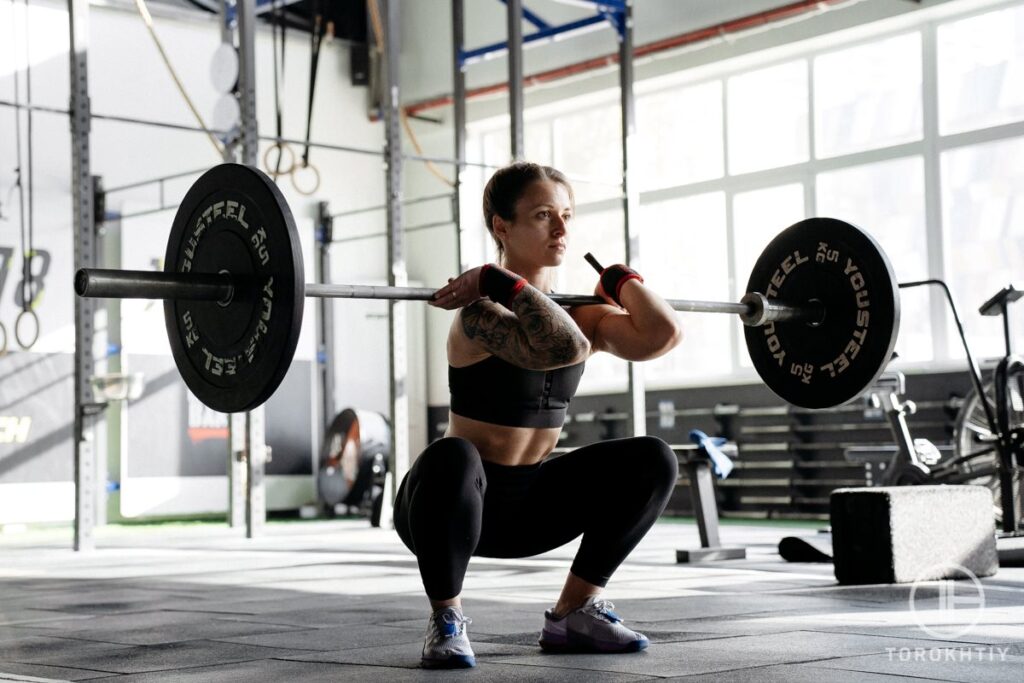
To prevent this, your foot stability needs to be on par with your squat training intensity. One way to improve it is to pay more attention to how you distribute your body weight while squatting.
Our feet are naturally designed to have a tripod structure, distributing the weight between the heel, the base of the big toe, and the base of the 5th toe. Before you lower down in the squat, think about gripping the floor with your feet — rooting all three of these points into the floor. Keep them in contact with the floor at all times.
Moreover, if you failed the 1-legged-test mentioned above, you can practice drills to improve it. One of them is the Leaning Tower.
Start by spreading your toes out as you plant your feet firmly into the ground. Make your foot as big as possible to support your weight as you move the center of mass back and forth between your toes and heel.
The idea is to use your ankles to lean forward and knees to lean back while squatting. Some people make the mistake of using their lower back to do so, putting them at risk of injury.
6. Turning the Knees Inward
Another dangerous mistake that many lifters make is turning their knees inwards. It’s a common error that can compromise strength gains, performance, and most importantly, safety.
This inward knee collapse puts undue stress on the joints, particularly the knees, and diminishes the effectiveness of the targeted muscle engagement.
Maintaining proper knee alignment is essential for preventing injuries and optimizing muscle activation. When the knees buckle inward, it can lead to instability, increase the risk of strains or torn ligaments, and contribute to poor movement patterns.
To correct this issue, consciously focus on keeping the knees in line with the toes throughout the entire movement. This also means that if your toes are facing slightly outward, so should your knees. This prevents injuries and helps you maintain proper balance throughout the range of motion.
Strengthening the muscles around the hips and thighs can also contribute to better knee stability. By addressing your incorrect squat form, you not only enhance the safety of your workouts but also ensure that you are effectively targeting the intended muscle groups, promoting overall strength and functional movement.
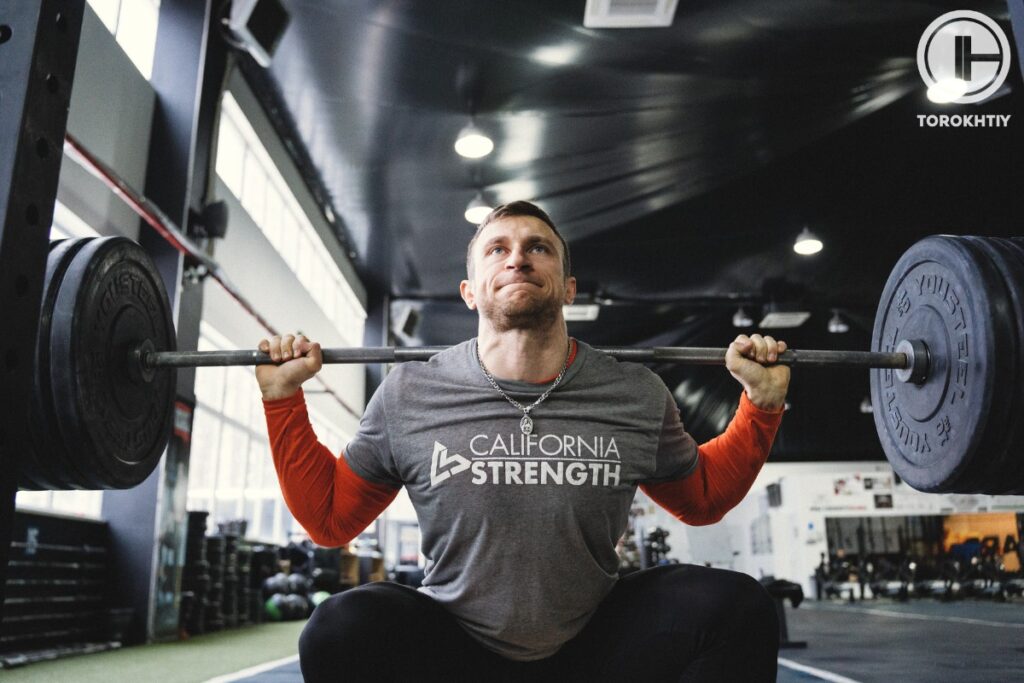
7. Pushing the Knees or Lifting the Heels
The golden rule is that the deeper the squat, the better. However, some lifters often compromise their knee alignment to go deeper which is problematic. They tend to push their knees forward to go lower when the appropriate movement pattern is backward and down.
To avoid putting unnecessary pressure on your knees, keep them from ever extending over your toes.
FAQ
How Do You Know if Your Squat Form Is Bad?
You can recognize bad squat form if your knees collapse inward, your back rounds or your heels lift off the ground. Watch for these signs in a mirror or ask a qualified trainer for feedback. Also, if you feel a sharp pain in your lower back during or after performing squats, chances are your form is improper.
How Can I Improve My Bad Squat Form?
You can improve your squat form by correcting common squat mistakes such as the butt wink, an unsuitable foot stance, and overarching your back. Also, check your knee alignment and make sure you’re tracking it properly over your toes. Work on improving your balance, and practice proper bracing and breathing throughout the movement.
Can Bad Squat Form Hurt Your Knees?
Bad squat form can put unnecessary strain on your knees, causing pain and mobility issues. Address it by checking your knee alignment, and make sure you’re tracking it properly over your toes. Strengthening your hip muscles and glutes can also help alleviate this risk.
Conclusion
When it comes to complex movements in the gym, expert guidance goes a long way. It’s important to fix your squat form to not only avoid painful, progress-blocking injuries down the line but also to improve results and strength gains.
If you’ve sustained an injury and the pain and discomfort don’t improve after initial measures like icing, compressing, or encouraging blood flow through elevation, seek professional medical care immediately.
We hope you found this information useful and will apply it to start perfecting your squat form. If you have any questions or tips you’d like to share, feel free to leave them in the comments below. Thanks, and all the best!
Referenses:
- Gustavo F Pedrosa, Fernando V Lima, Brad J Schoenfeld, Lucas T Lacerda, Marina G Simões, Mariano R Pereira, Rodrigo C R Diniz, Mauro H Chagas. “Partial range of motion training elicits favorable improvements in muscular adaptations when carried out at long muscle lengths,” PubMed, https://pubmed.ncbi.nlm.nih.gov/33977835/ (2021 May 23).
- Gregory D. Myer, Adam M. Kushner, Jensen L. Brent, Brad J. Schoenfeld, Jason Hugentobler, Rhodri S. Lloyd, Al Vermeil, Donald A. Chu, Jason Harbin, and Stuart M. McGill. “The back squat: A proposed assessment of functional deficits and technical factors that limit performance,” National Center for Biotechnology Information, https://www.ncbi.nlm.nih.gov/pmc/articles/PMC4262933/ (2015 Dec 1.)
- Adam M. Kushner, Jensen L. Brent, Brad J. Schoenfeld, Jason Hugentobler, Rhodri S. Lloyd, Al Vermeil, Donald A. Chu, Jason Harbin, Stuart M. McGill, Gregory D. Myer. “The Back Squat Part 2: Targeted Training Techniques to Correct Functional Deficits and Technical Factors that Limit Performance,” National Center for Biotechnology Information, https://www.ncbi.nlm.nih.gov/pmc/articles/PMC4725067/ (2016 Apr 1).
- Brad J Schoenfeld. “Squatting Kinematics and Kinetics and Their Application to Exercise Performance,” Research Gate, https://www.researchgate.net/publication/41562597_Squatting_Kinematics_and_Kinetics_and_Their_Application_to_Exercise_Performance (February 2010)
- Hartmann, Hagen, Wirth, Klaus, Klusemann, Markus, Dalic, Josip, Matuschek, Claus, Schmidtbleicher, Dietmar. “Influence of Squatting Depth on Jumping Performance,” Journal of Strength and Conditioning Research. https://journals.lww.com/nsca-jscr/fulltext/2012/12000/influence_of_squatting_depth_on_jumping.10.aspx (December 2012)
Why Trust Us?
With over 20 years in Olympic Weightlifting, our team does its best to provide the audience with ultimate support and meet the needs and requirements of advanced athletes and professional lifters, as well as people who strive to open new opportunities and develop their physical capabilities with us.
By trusting the recommendations of our certified experts in coaching, nutrition, dietology, and sports training programming, as well as scientific consultants, and physiotherapists, we provide you with thorough, well-considered, and scientifically proven content. All the information given in the articles concerning workout programming, separate exercises, and athletic performance, in general, is based on verified data. We ensure that you can rely on our professionals’ pieces of advice and recommendations that can be treated as personalized ones which will benefit you and fully meet your needs.
The product testing process is described in more detail here
Author: Sergii Putsov
Head of Sport Science, PhD
Best Results: Snatch – 165 kg,
C&J – 200 kg
Sergii Putsov, Ph.D., is a former professional weightlifter and National team member, achieving multiple medals in the 94 kg weight category at national competitions. With a Master’s degree in “Olympic & Professional Sport Training” and a Sport Science Ph.D. from the International Olympic Academy, Greece, Sergii now leads as the Head of Sport Science. He specializes in designing training programs, writing insightful blog articles, providing live commentary at international weightlifting events, and conducting educational seminars worldwide alongside Olympic weightlifting expert Oleksiy Torokhtiy.

